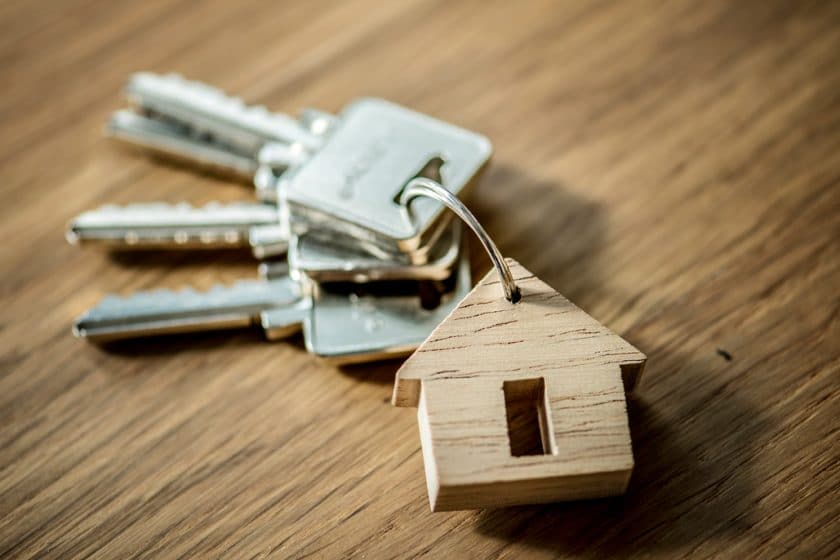In times of volatility, real estate is often the one investment that Indians turn the most to. So much so, that if you could afford it, you might even consider buying more than one home!
But there is a misconception that an individual at any time can have only one home loan and derive income tax benefits from the loan. That perception is wrong.
Fact: You can have multiple properties and multiple home loans for different properties AND derive income tax benefits.
We show you how.
Self -occupied and let-out property
When you own more than one home property, you are allowed to declare only one as the self-occupied property and the second (or subsequent homes) is considered as let-out or deemed to be let-out properties.
So, you have the freedom to choose which property can be considered as the self-occupied property. It need not necessarily be the one you are actually living in! In fact, the owner is not even required to live in any of his owned properties.
Tax treatment for self-occupied property

The Income Tax Act requires you to make a distinction between self-occupied and let-out property because the tax treatment on home loans availed for both is different.
Deduction for principal repaid under Sec 80C
On your self-occupied property, the IT Act allows you an exemption on the principal repaid on your loan.
The principal paid in the current financial year qualifies as a deduction under Section 80C under the overall limit of Rs 150,000. So, if you are falling short on other investments like the Public Provident Fund, Provident Fund, Insurance premium, Equity-Linked Savings Scheme etc., the component that you pay towards the principal repayment of your home loan for your self-occupied property comes to your rescue!
Deduction for interest paid under Sec 24
The interest paid on your home loan also earns you a deduction under Sec 24 of the Income Tax Act. The maximum benefit allowed under this deduction per annum is Rs 200,000 for self-occupied property.
These deductions are available to all co-borrowers in the proportion of their EMI payments.
Tax treatment for let-out property

We have learned that any property other than the self-occupied one is deemed to be let-out even if it is not actually let-out.
So, all subsequent properties after your self-occupied one are deemed to be let-out.
Treatment of rent
Even if your property is not let-out, a notional rent value equal to the municipal value is added to your income. Even if the property is let-out and the rent actually received is lower than the municipal value, the higher of the two is considered. This amount is added to your regular income.
However, there are other expenses allowed as deductions from the income generated from house property.
You can deduct the municipal taxes paid on that property as well as a 30% standard deduction, which is allowed for the maintenance and upkeep of the property. The figure arrived after these deductions is added to your income.
Confused? Here’s a simple formula:
Actual rent received – municipal taxes paid = gross income from house property
Gross income from house property – standard deduction (30% of the value of the rent) = net income from house property.
Deduction for principal repaid under Sec 80C
For the second or subsequent homes, which are deemed/are let-out, there is no specific deduction allowed for the principal repayment of the loan.
An owner can claim a deduction for the principal repaid within the overall limit of Rs 150,000 as provided by Sec 80C.
Deduction for interest paid under Sec 24
For the property which is deemed to be let-out, the loss from house property is allowed to be set off, subject to a maximum of Rs 200,000. Any further loss on the house property is permitted to be carried further up to eight years, which can be set off as a loss against house property only.
For example:
Let’s say you have a net income of Rs 100,000 from the let-out property. You are paying interest of Rs 500,000 against the loan. The loss from house property is Rs 400,000. But you will get only a deduction of Rs 200,000 and the remaining Rs 200,000 can be carried forward and set off as a loss against house property for up to eight years.
You should also be aware that the interest on loans for subsequent home loans (after the self-occupied) does not earn unlimited losses as earlier. The Union Budget of 2017 has restricted the amount to Rs 200,000.
So, it is good to keep in mind this fact if you plan to invest in a second home.
It is also good to know that all the income tax benefits pertaining to home loans are eligible only after you take possession of the home. Any interest paid through pre-EMI can be carried forward and reflected as a loss for up to five years (1/5th portion to be claimed each year) only.

